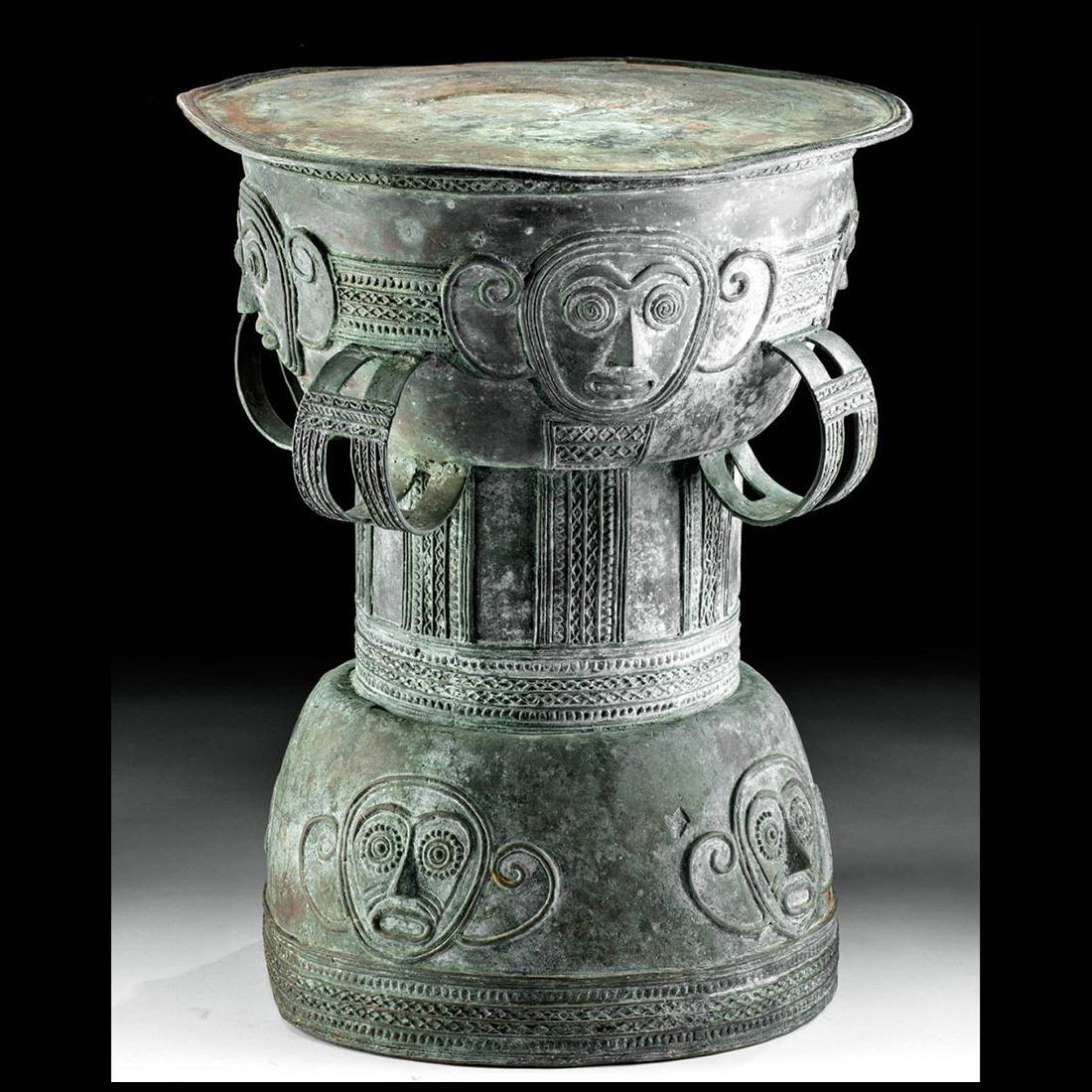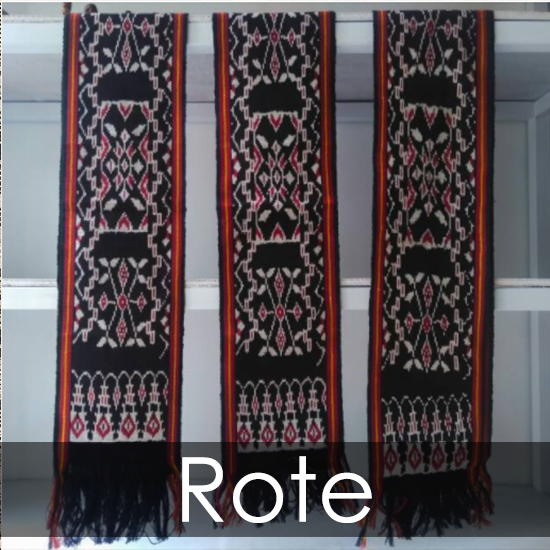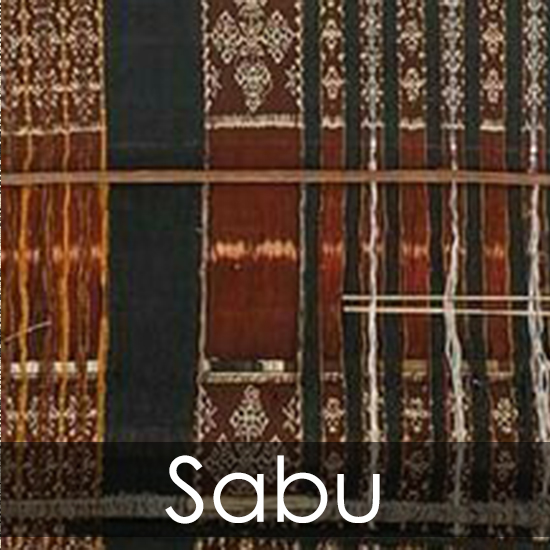Traditional Art
myKupang doesn't sell any of the items shown, it's more of a showcase of the artistic diversity that abounds in East Nusa Tenggara...
Of course we do have many contacts who deal in these types of traditional handicrafts and even some amazing private collections, so if you are really interested, just browse this page...
Everything shown here has been hand made using traditional methods handed down from past generations... The time consuming way in which some of these items are made is unbelievable... Some sarongs take months to produce and hundreds of man-hours to complete...
From wooden statues to silver handcrafted jewelry, intricately cross-woven tie-dye sarongs to bamboo lime containers... The East Nusa Tenggara region stretches from Komodo Island to Timor Island with literally hundreds of other islands holding dozens of ethically diverse communities, each with it's own style and expression...






Moko Drums of Alor
The Moko Drums of Alor are a unique look into the past trading practices of the indigenous people of these islands...
Originally dated back 600AD from the Dungsen period of Vietnam, these bronze handcrafted marvels were thought to have numbered in the thousands, now only a few hundred are documented...
New legislation prohibits the removal of these drums from the Alor Archipelago with prison terms and hefty fines...
The Kalabahi Museum has a substantial collection on loan from the local people and can be viewed at close range to admire the unique designs...






NTT's Incredible Weavings
East Nusa Tenggara (NTT) is world known for its magnificent weavings that depict tales of traditional life in this diverse province of Indonesia...
The NTT province has over 500 islands, and the six largest islands are Timor, Flores, Sumba, Rote, Sabu and Alor... Each island or each of the tribes in the islands have their own colors and design that distinguish the textiles, resulting in diverse decorative patterns/motifs woven on traditional fabrics called tenun ikat (ikat weavings)...
The patterns are describing mythical figure, plants, animals, and also abstract motives which shows a deep appreciation of the power of nature...
The traditional figurative motifs have meanings, for example horses are usually linked to male prestige or wealth... Other animals such as snakes, which may be stylized and appear as geometric zig-zag motif, are very ancient and are often associated with the underworld and fertility...
The oldest form of Ikat is Warp Ikat (tenun ikat) and is the dominant technique used in NTT, a unique dye-resist process which can be broken down into three overarching categories of tying, dyeing and weaving that makes the whole process of creating a piece of textile extremely complicated and may take months or sometimes even years to produce a single item...






Sasando Musical Instrument
The Sasando, also called Sasandu from sandu or sanu is a tube zither, a harp-like traditional music string instrument native to Rote Island of East Nusa Tenggara...
The name Sasando is derived from the Rote dialect word ”sasandu”, which means vibrating or sounded instrument... It is believed that the Sasando had already been known to the Rote people since the 7th century...
The main part of the Sasando is a bamboo tube that serves as the frame of the instrument... Surrounding the tube are several wooden pieces serving as wedges where the strings are stretched from the top to the bottom...
The stringed bamboo tube is surrounded by a bag-like fan of dried lontar or palmyra leaves which functions as the resonator of the instrument...
The Sasando is played with both hands reaching into the stings of the bamboo tube through the opening on the front... The player's fingers then pluck the strings in a fashion similar to playing a harp... The Sasando can have 28 or 56 strings...






Want to Advertise in
Kupang’s Premium
Website???







